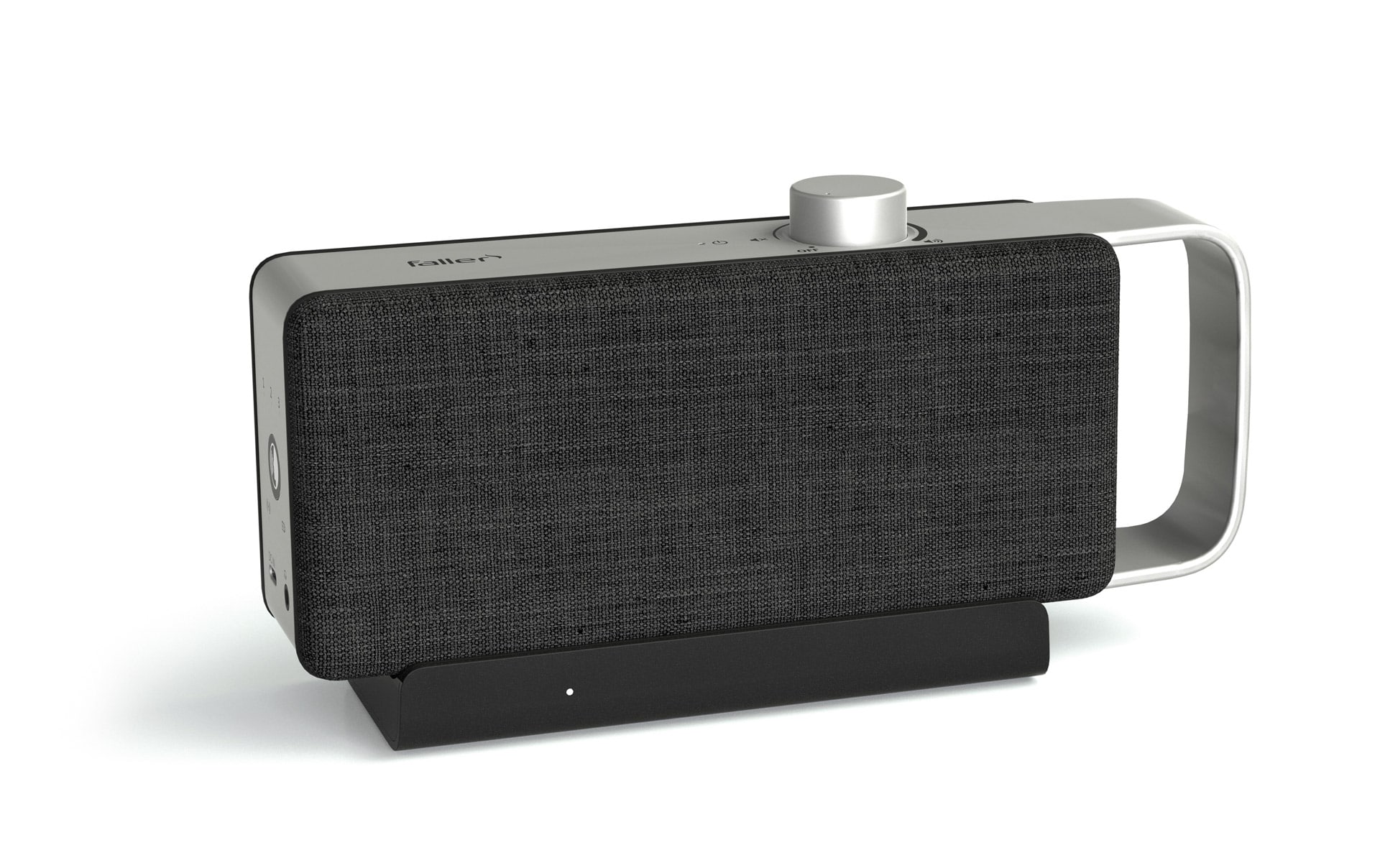HÖRST
Hearing training

Table of contents
Tips and exercises for effective listening
Hearing is one of the most important abilities that humans possess. It enables us to interact with our environment, recognize dangers in good time and maintain social relationships. Hearing loss can therefore significantly impair our quality of life. The brain plays a crucial role in hearing processing. If you suffer from hearing loss, targeted hearing training can help to improve brain function and speech comprehension.
The importance of the brain in the hearing process
The ear is the organ that picks up sounds, but the brain is the organ that interprets these sounds and ascribes meaning to them. The auditory center in the brain is responsible for processing the
acoustic signals. In people with hearing loss, the nerve connections in the brain that are responsible for hearing can be weakened. Hearing training can help to strengthen these connections and improve hearing.
How does hearing training work?
Auditory training consists of a series of specific exercises aimed at improving hearing and auditory processing. These exercises can improve directional hearing, speech understanding in noisy environments and the ability to distinguish between different sounds. Hearing training can also help to improve the auditory impression in people with tinnitus.

Hearing aids and hearing training
Hearing aids are an important component in the treatment of hearing loss. They help to make sounds louder and make hearing easier. However, hearing aids alone are often not enough to completely improve hearing. Accompanying hearing training can help to train the brain to better process the sounds amplified by the hearing aids.
Exercises for effective hearing training
There are various exercises that can be carried out as part of hearing training. Here are some examples:
Directional listening:
This exercise involves determining the exact direction from which a sound is coming. This can help to improve orientation in space.
Distinguishing sounds: This involves distinguishing different sounds from one another. This can improve the brain's ability to separate important sounds from unimportant ones
.
Understanding speech in noisy environments:
This exercise can help you understand conversations better in noisy environments.
Listening to music:
Music can help to train the brain and strengthen nerve connections.
It is important to practise regularly and adapt the exercises to your individual needs. A hearing aid acoustician or a hearing therapist can help to create a suitable training program.

The role of hearing therapy
Hearing therapy is an important part of hearing training. It comprises various measures aimed at improving hearing function and auditory processing. This includes special hearing exercises, but also the fitting of hearing aids and other hearing systems. Hearing therapy can help to improve the quality of life of people with hearing loss.
Advantages of auditory training
Improve speech comprehension:
The training enables you to understand conversations better, even in noisy environments.
Improved spatial orientation:
You can better perceive the direction from which sounds are coming.
Reducing tinnitus:
For some people, hearing training can help to reduce tinnitus.
Better hearing with hearing aids:
Training can help to better process the sounds amplified by the hearing aids.
Tips for effective hearing training
Regularity:
It is important to practise regularly. Daily is best.
Patience:
Improving your hearing is a process that takes time. Be patient with yourself.
Individual adaptation:
Everyone is different. Adapt the exercises to your individual needs.
Use of hearing aids:
If you wear hearing aids, it is important to use them during training.
Conclusion
Auditory training is an effective method of improving hearing and auditory processing in people with hearing loss. Regular exercises can improve speech comprehension, spatial orientation and the ability to differentiate between sounds. The auditory impression of people with tinnitus can also be improved. Hearing therapy and the fitting of hearing aids and other hearing systems are important components of hearing training. With patience and regular training, you can improve your hearing and increase your quality of life. For more information, it is best to contact your doctor or a hearing aid acoustician directly.
More articles

Choosing the right walking stick

Checking driving fitness in old age

